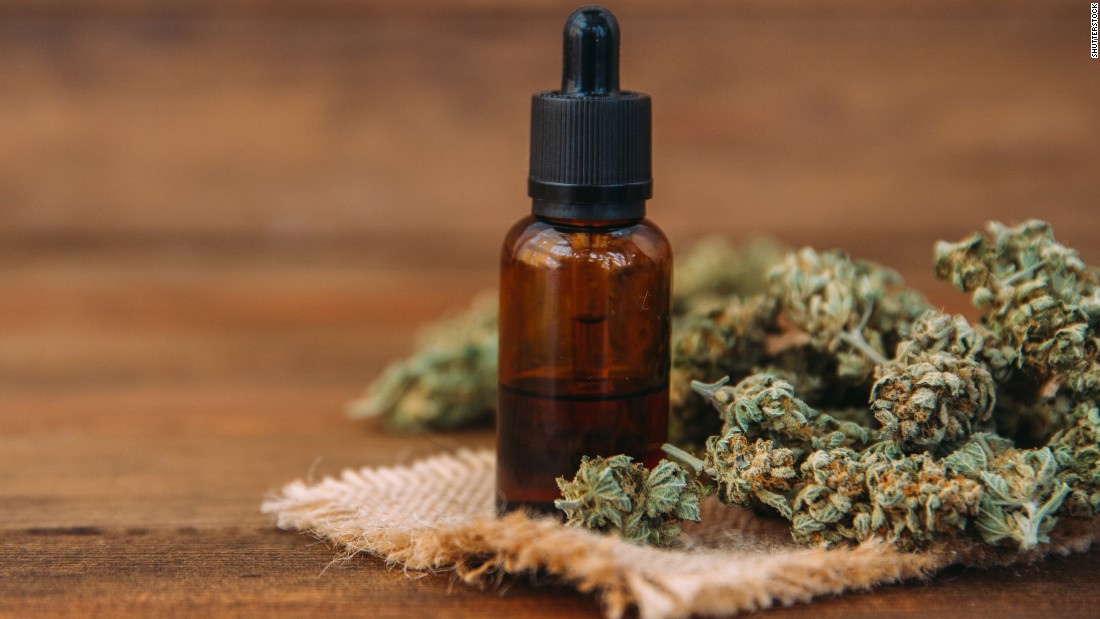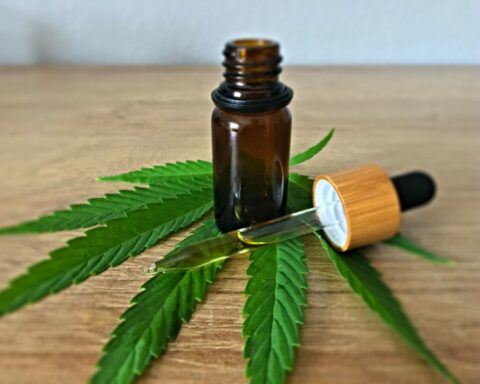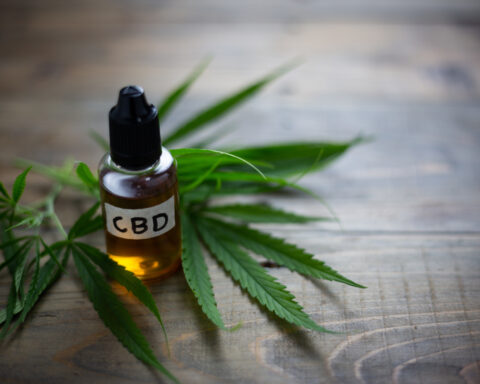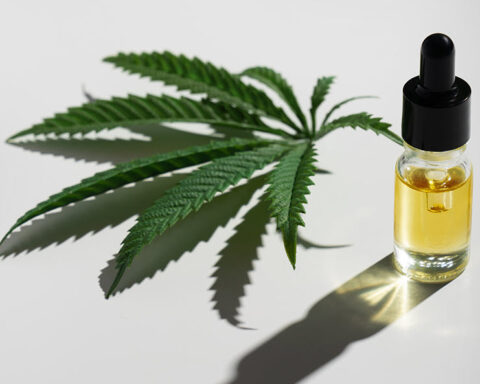People have recently shifted to using herbal remedies such as CBD to solve their health issues since synthetic medications have proven less valuable. This blog discusses the meaning of CBD, the types of CBD, and its health benefits to the users.
CBD stands for cannabidiol, an active chemical compound in the cannabis sativa plant. The plant contains over 100 cannabinoids, including the famous psychoactive tetrahydrocannabinol (THC). THC is primarily responsible for the feeling of highness and confusion associated with cannabis. Unlike THC, CBD is a non-intoxicating compound with no mind-altering effects, but it exhibits health properties such as anti-inflammatory, anti-depressant, non-addictive, and adaptogen. In the US, most companies extract CBD from the hemp plant since the cultivation of the plant is legal under federal law. Hemp contains a high concentration of CBD compared to marijuana. Upon extraction, CBD molecules are diluted with an organic carrier such as coconut, MCT, olive, and hemp seed oil to form CBD oil that is easily added to ingredients in products such as topical, soft gels, capsules, gummies, and others.
WHAT ARE THE TYPES OF CBD?
According to Burstein & Sumner (2015), different companies use different extraction techniques resulting in three types of CBD. The most common extraction methods are alcohol and CO2 extraction. The CO2 extraction method is the most preferred technique since it absorbs almost all cannabinoids in the leaves and flowers of hemp plants, isolating CBD compounds with no chemical residue. The resulting end products are;
- CBD isolate; a 99% pure CBD with no traces of other cannabis compounds. It is crystalline in appearance with no taste or odor. The isolate is diluted with hemp oil to form consumable, highly concentrated CBD oil. The solvent isolating CBD crystals absorb all cannabinoids in the plant during extraction. This type is mainly used to treat epilepsy, chronic pains, cancer symptoms, and mental problems such as PSTD.
- Full-spectrum CBD- contains all cannabinoids in the cannabis, including traces of THC. It provides the body with entourage effects associated with the benefits of other cannabinoids like terpenes and hexahydrocannabinol (HHC). However, since the Food and Drug Administration (FDA) has not regulated the manufacturing and selling of cannabis products, products with full-spectrum CBD may contain THC levels above the recommended 0.3%. If you don’t want to feel high or have any other psychoactive effects, this CBD type is not for you.
- Broad-spectrum CBD lies between the other two; it contains CBD as the dominant compound with other minor cannabinoids like CBN but with no traces of THC. It is best suited for benefits without the risk of getting high.
HOW TO USE CBD
CBD products are readily available over the counter in dispensaries, vape shops, cannabis shops, hotels, and other authorized sellers in the form of CBD topicals like cream and lotion. It is also available as CBD edibles like beverages, soft gels, capsules, vape pens, and concentrates. Each product provides a unique way to harness CBD’s benefits. The following are ways to use CBD products;
SUBLINGUALLY
It mainly involves consuming CBD oil with tinctures. The cannabis product is placed underneath the tongue and held for 60 seconds before swallowing. It allows the cannabinoid to diffuse into the bloodstream through the soft mucous membranes of the mouth; its effects manifest in about 5 minutes.
ORALLY
Oral consumption is the most common methods for taking CBD edibles like soft gels and capsules, gummies, and CBD-infused foods and drinks. To add CBD oil to your foods and beverages, avoid exposing the cannabinoid at high temperatures to prevent dissociating its composition. Unfortunately, oral consumption is the slowest method to take CBD because the compound must pass through the digestion and metabolic processes before being incorporated into the bloodstream. Depending on the solidity of the meals, it can take approximately 2 to 3 hours before feeling the power of CBD.
INHALING
Inhaling is different from smoking marijuana. According to Spindle et al. (2020), inhaling involves using an electronic device called a vape pen containing CBD juice. The e-liquid is heated to form CBD vapor, inhaled into the mouth, and then down the lung tissues. It is the fastest way to use CBD since it is absorbed directly into the body systems in the lungs, and the effects kick in 2 minutes.
APPLY DIRECTLY TO THE SKIN
Topicals like scrubs, bath bombs, cream, lotion, lip balm, salve, and other cosmetic products are infused with CBD oil and applied directly to the affected skin. Upon application, the cannabinoid penetrates the skin layers through pores into the inner skin layer, interacting with skin receptors to hydrate, nourish, and protect the skin.
WHAT ARE THE BENEFITS OF CBD?
White et al. (2019) explained that when CBD is in the bloodstream, it interacts with the endocannabinoid system (ECS) to deliver various health effects to your body. ECS is responsible for maintaining body balance by eradicating pain, inflammation, bad mood, and anxiety. The following are the benefits of CBD and ECS interaction;
- It aids in treating body pains such as back pain, sciatica, headaches, and skin irritations.
- Reduces anxiety and stress by preventing the occurrence of traumatic thoughts in your mind
- Stabilizes your sleeping pattern, which relaxes your mind and muscles to fall asleep fast and keeps you fresh, alert, and energetic the next day.
- It treats harsh skin diseases like arthritis, eczema, and acne
- It aids in cancer treatment by helping in cell reproduction to eradicate cancerous cells
- It reduces the occurrence of body inflammations caused by various infections like inflammatory bowel disease ( IBD)
- It helps in treating mental disorders like ADHD, PSTD, Parkinson’s, and Alzheimer’s
- It lowers blood pressure and sugar in treating cardiac problems and diabetes.
POTENTIAL SIDE EFFECTS OF CBD
Brown et al. (2019) explained that when you overdose on any medication prescribed or supplement, always expect some side effects. CBD is not an exception; it can portray the following side effects if overused;
- Dizziness
- Drowsiness when consumed alongside alcohol
- Diarrhea
- Loss of appetite and weight
- It can react with other medication resulting in vomiting and nausea
SUMMARY
CBD has gained popularity recently. It may not be as famous as THC, which causes a feeling of highness, but it has proven to be of great health value. It helps combat body pains, inflammation, anxiety, and stress and treats chronic conditions like cancer, mental disorders, and skin diseases. To harvest these benefits, you only need to inhale, ingest, take sublingually, or apply the cannabinoid directly to the skin, depending on your product. To avoid side effects such as dizziness, you must consult your doctor to clarify your dosage and health history.
REFERENCES
Brown, J. D., & Winterstein, A. G. (2019). Potential adverse drug events and drug-drug interactions with medical and consumer cannabidiol (CBD) use. Journal of clinical medicine, 8(7), 989.
Burstein, S. (2015). Cannabidiol (CBD) and its analogs: a review of their effects on inflammation. Bioorganic & medicinal chemistry, 23(7), 1377-1385.
Spindle, T. R., Cone, E. J., Goffi, E., Weerts, E. M., Mitchell, J. M., Wicker, R. E., … & Vandrey, R. (2020). Pharmacodynamic effects of vaporized and oral cannabidiol (CBD) and vaporized CBD-dominant cannabis in infrequent cannabis users. Drug and alcohol dependence, 211, 107937.
White, C. M. (2019). A review of human studies assessing cannabidiol’s (CBD) therapeutic actions and potential. The Journal of Clinical Pharmacology, 59(7), 923-934.
- Bell Peppers 101: Nutrition Facts and Health Benefits - April 19, 2024
- Products That Assist with Stress Relief - September 21, 2023
- TRÈFLE – THE ROAD TO THE 15TH - July 29, 2023









